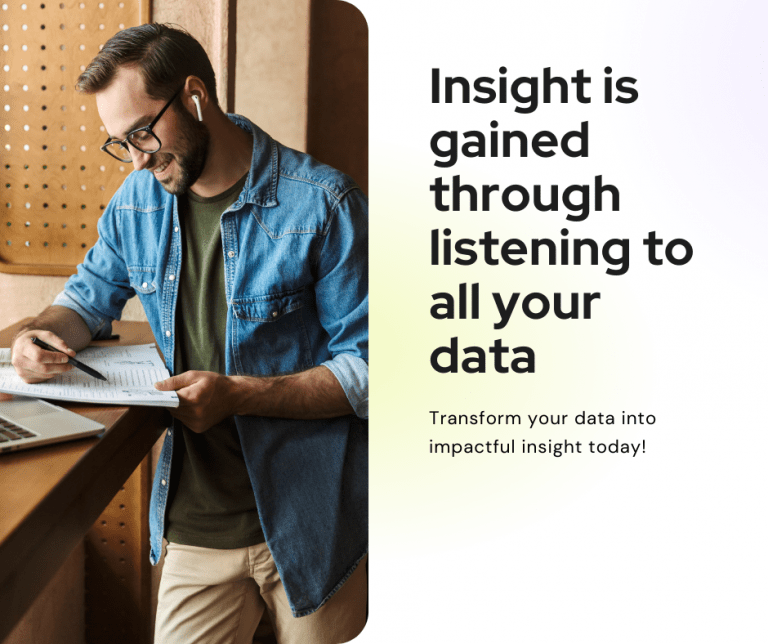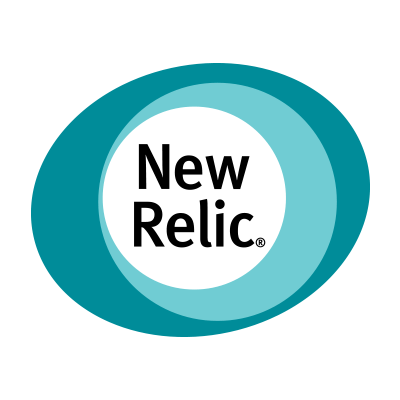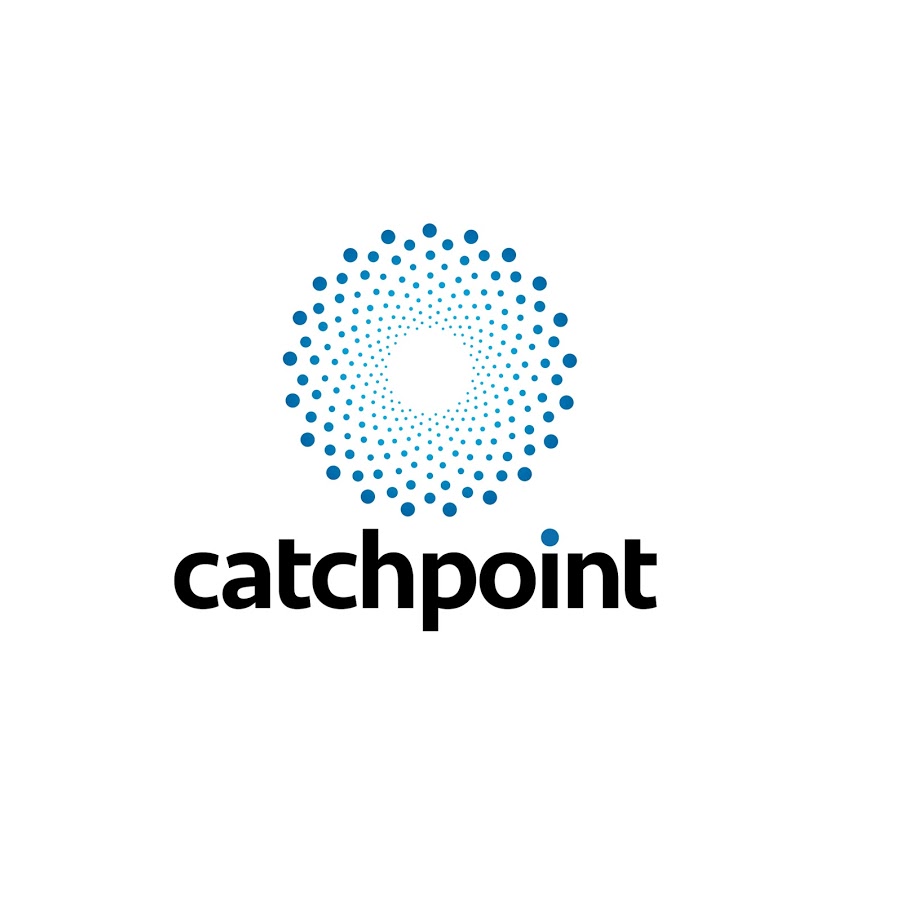Concanon Presents:
Observability Series
Part 1: The Introduction

By Tony Kustwan
The new buzzword on the block is observability, and many companies are using it willy-nilly to spruce up their offerings. In this multi-series blog post, I will break down the definition of observability, its different aspects, how it differs from current monitoring, what tools are best suited to achieve each aspect of observability, and what is needed to implement observability into your organization in a practical and functional way.
So, what is observability?
What is Observability?
“The ability to infer a system’s end-to-end state by observing the quality of a system’s performance over a time duration.”
Observability is not a fancy synonym for monitoring.
Monitoring is the systematic process of collecting and analyzing performance data of individual assets. In comparison, observability is the creative practice of instrumenting the collective assets using tools to gather actionable data.
Observability needs to be end-to-end, providing visibility into the entire landscape.
End-to-End observability helps an organization to understand multi-layered digital architectures designed to communicate what’s slow, what’s broken, and what is needed to improve the performance of the system.
By making systems observable, teams can easily navigate from effect to cause in a system. The path from effect to cause often requires many steps, including any number of innocent intermediaries.
So how do we go from monitoring to observability?
There are ways to accomplish this; however, we need to remember our goal is to gain insight. Insight is gained through listening to all of our data. Even when the data doesn’t seem relevant or fit with the rest of the data, we want to take an inclusive approach to observability because everything signifies something, everything caries meaning, and everything can give additional insight into the overall health of a digital system.

Here is a simplified road map to start you on your journey to end-to-end observability. Let us break observability into three stages; stage one: telemetry, stage two: analysis of diverse data, and the final stage: inclusive analysis.
We start our journey by looking at the different telemetry types that will guide us down our road to observability. We need to utilize four telemetry types: Synthetic Transaction, Application Monitoring, Log Monitoring, and Infrastructure Monitoring.
Although performance degradation and component failure are essential aspects of service measurement, these are just the tip of the iceberg. The most critical measurements are the ones that impact customer-facing business services. When the business cannot process transactions or transactions take longer to process, this affects the business’ ability to service customers. IT Operations teams spend a significant part of daily life in a digital world glued to screens. To address the operational challenges, we have several tools to help accomplish this first type of telemetry, Synthetic Transaction.
A Synthetic Transaction is a form of performance monitoring that simulates user behavior to establish baselines and measure performance in a steady state. This type of telemetry utilizes behavioral scripts to simulate the path a real end-user takes through the system. There are several tools to use that capture the necessary metrics that are produced by these behavioral scripts. The following tools are listed in no specific order and should be independently verified for your individual needs.
Top 6 Synthetic Monitoring and Testing Tools:

SolarWinds Pingdom
A popular website performance and availability monitoring solution, which offers synthetic monitoring capabilities.

AppDynamics
Offered by Cisco, a browser synthetic monitoring product allowing you to gain insight in to multistep application flows to correct performance. Unique in the ability to offer multiple cloud platform solutions.

Site24x7
Offers a website monitoring product for synthetic transaction monitoring.

New Relic
Known for its application performance-monitoring platform, offering synthetic monitoring capabilities under its product New Relic Synthetics.

CatchPoint
CatchPoint is different from other solutions discussed so far, because in addition to tracking websites and applications over standard Internet protocols (HTTP, TCP, UDP, etc.), it also supports MQTT.

Uptrends
Uptrends Synthetics is among the leading solutions provider in website performance monitoring
To Conclude
In the first post in this series, we looked at what observability is and how it differs from traditional monitoring. We also explored the different types of telemetry needed to obtain true observability, and the various tools to address the first aspect, Synthetic Transactions. In my next post, the second part of this series, we will focus on learning more about the tools and capabilities available to address Application Performance Monitoring, the second aspect of observability.
Need help gaining Insight in your Apps?
Concanon provides digital transformation and observability consulting to help you gain confidence and trust in your analytics. This is through applying the best of breed tooling to gather the right data for the right problems. Reach out today to find out more.
Concanon's Author
Tony Kustwan is the Director of IT Operations at Concanon LLC, a big data solutions company. He has over 20 years of experience managing and leading global IT initiatives in some of the largest environments. He thrives on solving a customer’s greatest challenges with simple and repeatable frameworks to collect, process, and enrich data for decision makers.
